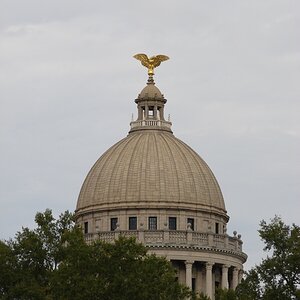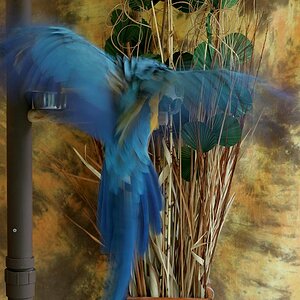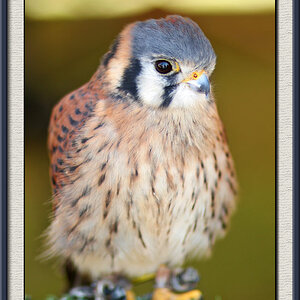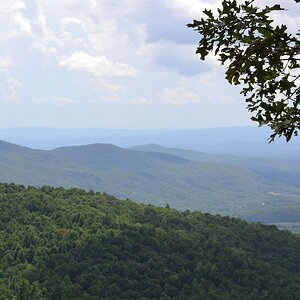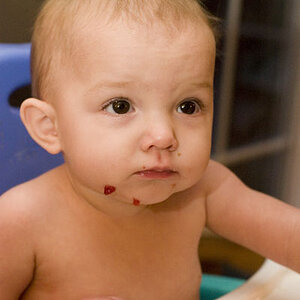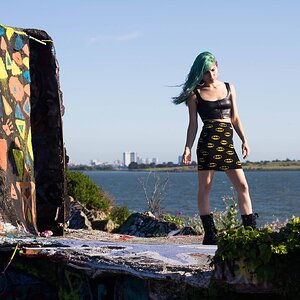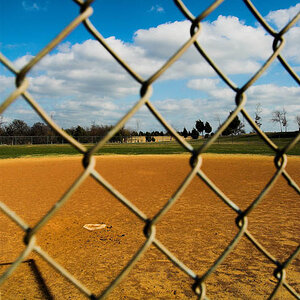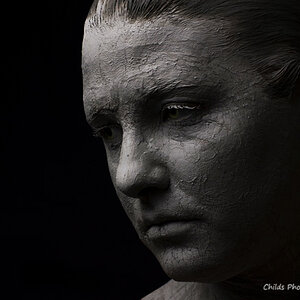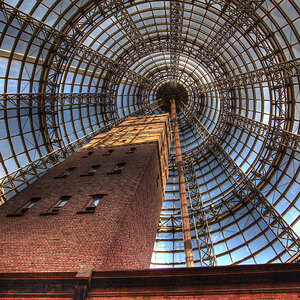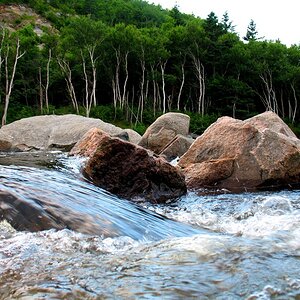Michael Griffiths
TPF Noob!
- Joined
- Feb 20, 2005
- Messages
- 8
- Reaction score
- 0
HI'
I have been busy with my Bronica most of the day but then it occurred to me that maybe as I was using the camera hand held at 60th of a second I might end up with a lot of camera shake
Can someone alleviate my suffering please!?
I have been busy with my Bronica most of the day but then it occurred to me that maybe as I was using the camera hand held at 60th of a second I might end up with a lot of camera shake
Can someone alleviate my suffering please!?


